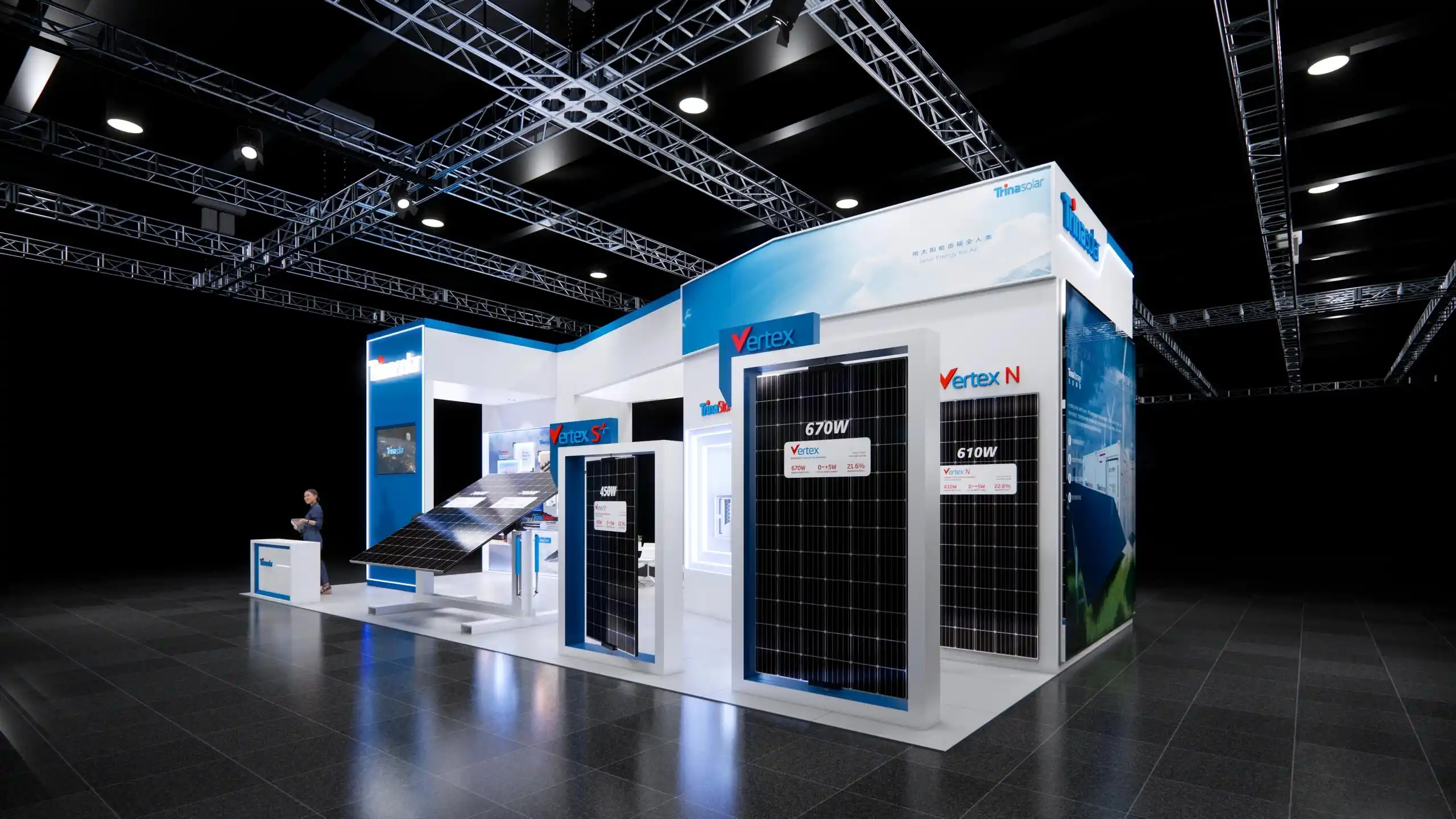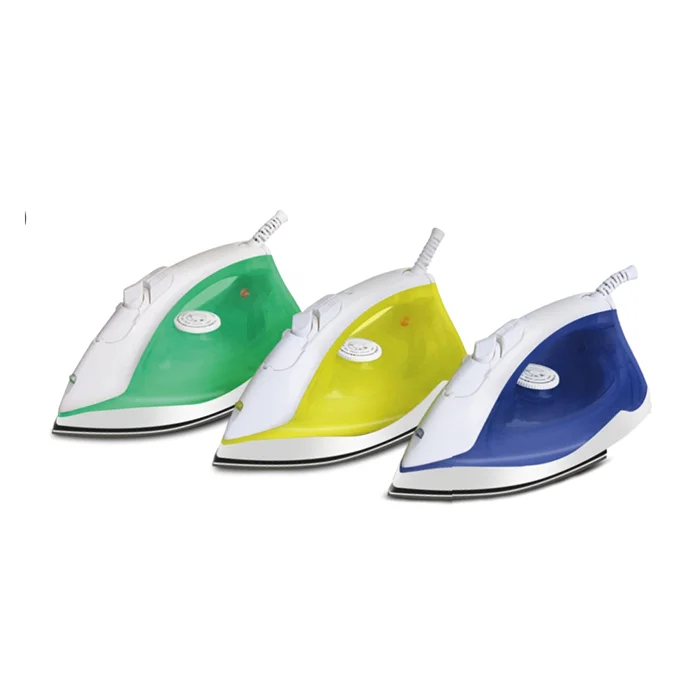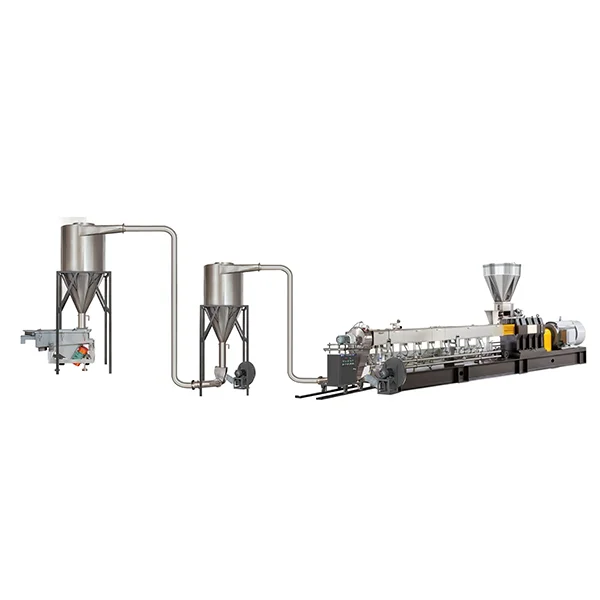In today's fast-paced business environment, the design and functionality of an office space can significantly impact productivity, employee satisfaction, and overall company culture. Choosing the right furniture for your office is not merely a matter of aesthetics; it involves a strategic approach that considers ergonomics, space optimization, and the specific needs of your workforce. This article delves into the essential factors to consider when selecting office furniture, ensuring that your workspace is both functional and conducive to success.
- Understanding Your Space
Before diving into the selection of furniture, it is crucial to assess the physical layout of your office. Consider the following aspects:
- Space Measurement: Accurately measure the dimensions of your office space, including the height, width, and length of each area. This will help you determine what size and type of furniture will fit comfortably without overcrowding the space.
- Layout Planning: Create a floor plan that outlines the placement of furniture. Consider different layouts such as open-plan, cubicles, or private offices, depending on your company culture and workflow requirements.
- Traffic Flow: Ensure that the arrangement allows for easy movement throughout the office. Avoid placing furniture in a way that obstructs pathways or creates bottlenecks.
- Prioritizing Ergonomics
Ergonomics plays a vital role in office furniture selection, as it directly affects employee health and productivity. Here are key ergonomic considerations:
- Adjustable Desks: Opt for height-adjustable desks that allow employees to alternate between sitting and standing. This flexibility can reduce the risk of musculoskeletal disorders and enhance comfort.
- Chairs with Support: Invest in ergonomic chairs that provide lumbar support, adjustable armrests, and seat depth adjustments. A well-designed chair can significantly improve posture and reduce fatigue.
- Monitor Placement: Ensure that computer monitors are positioned at eye level to prevent neck strain. Consider monitor arms or stands that allow for easy adjustments.
- Functionality and Flexibility
The functionality of office furniture is paramount to creating an efficient workspace. Consider the following elements:
- Multi-Functional Furniture: Look for furniture that serves multiple purposes, such as desks with built-in storage or conference tables that can be reconfigured for different uses. This versatility can maximize space utilization.
- Collaborative Spaces: Incorporate furniture that encourages collaboration, such as lounge seating, communal tables, and writable surfaces. These elements foster teamwork and creativity.
- Technology Integration: Ensure that furniture accommodates technology needs, such as cable management systems, power outlets, and charging stations. This integration is essential for a modern office environment.
- Aesthetic Appeal
While functionality is crucial, the aesthetic aspect of office furniture should not be overlooked. A well-designed office can enhance brand identity and employee morale. Consider the following:
- Color Schemes: Choose colors that reflect your brand and create a positive atmosphere. Warm tones can promote creativity, while cooler tones can enhance focus.
- Material Selection: Select high-quality materials that are durable and easy to maintain. Wood, metal, and sustainable materials can add a touch of elegance while ensuring longevity.
- Consistency in Design: Maintain a cohesive design theme throughout the office. This consistency can create a professional image and enhance the overall ambiance.
- Budget Considerations
Budget constraints are a reality for many businesses, but investing in quality office furniture can yield long-term benefits. Here are some tips for budget management:
- Prioritize Needs: Identify essential furniture pieces that will have the most significant impact on productivity and employee comfort. Focus on these items before considering additional furnishings.
- Explore Options: Consider a mix of new and refurbished furniture to balance quality and cost. Many companies offer high-quality used furniture that can fit your budget without sacrificing style.
- Long-Term Investment: Remember that office furniture is an investment in your workforce. Prioritize quality over quantity to ensure durability and reduce the need for frequent replacements.
Conclusion
Choosing the right furniture for your office is a multifaceted process that requires careful consideration of space, ergonomics, functionality, aesthetics, and budget. By taking a strategic approach to furniture selection, you can create a workspace that not only meets the practical needs of your employees but also fosters a positive and productive work environment. As you embark on this journey, remember that the right furniture can transform your office into a hub of creativity and collaboration, ultimately driving your business toward success.



